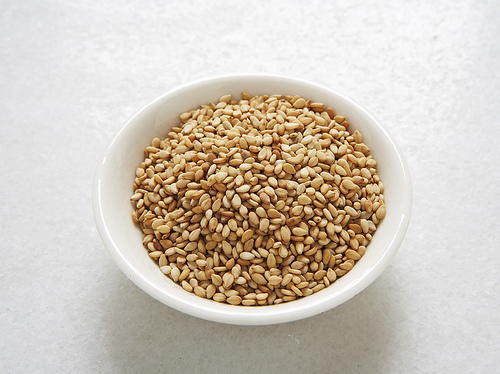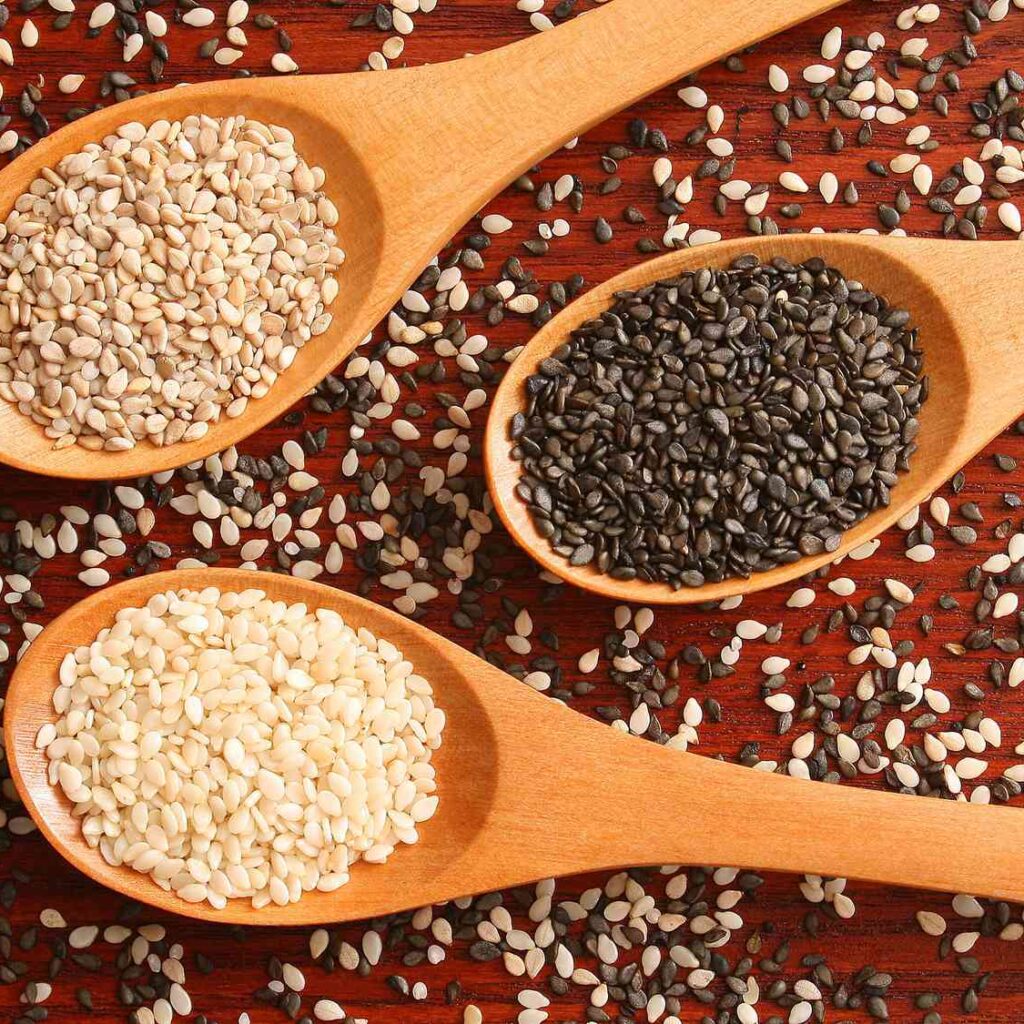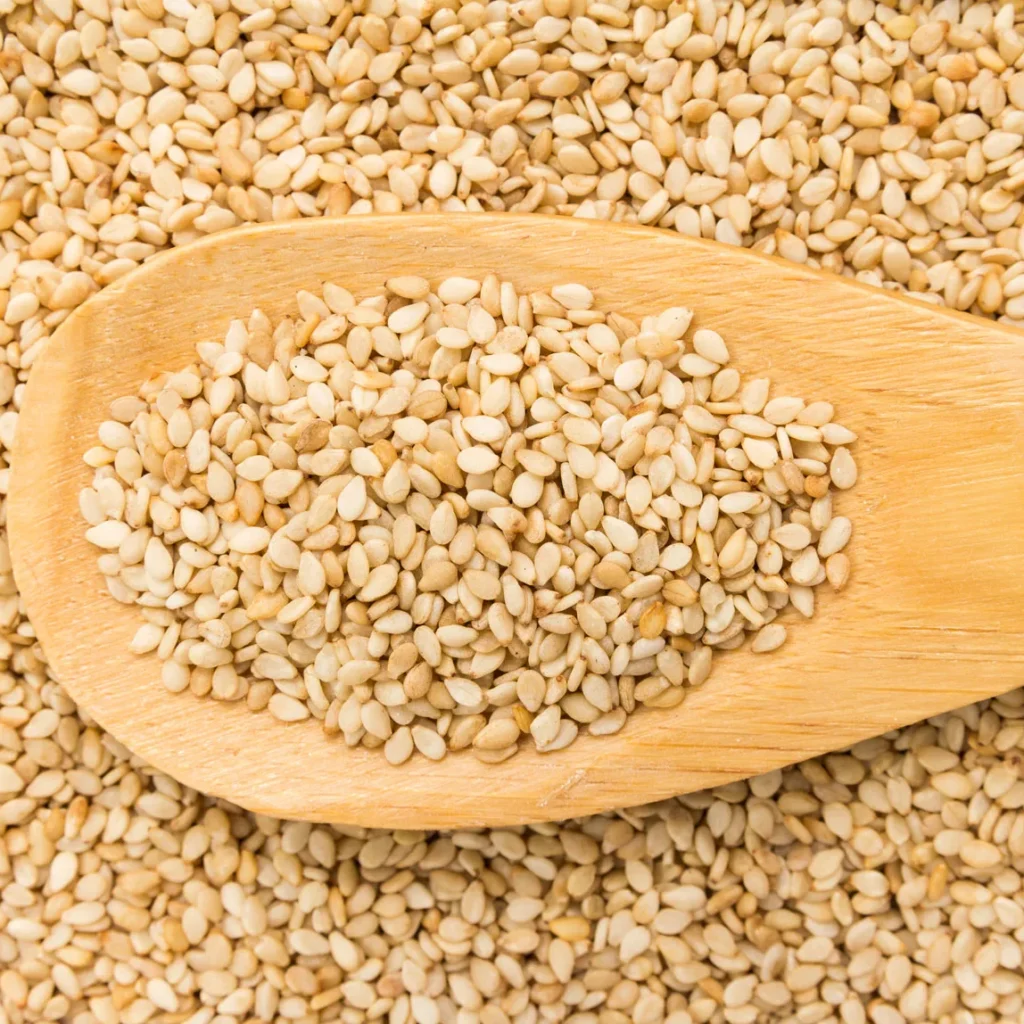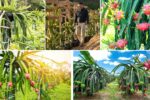Sesame seeds, though tiny in size, hold a monumental place in global agriculture, nutrition, and industry. Renowned for their nutty flavor and impressive nutritional profile, these seeds are used worldwide in cooking, oil extraction, confectionery, pharmaceuticals, and cosmetics. With increasing global demand for plant-based oils, vegan protein, and healthy fats, sesame seed cultivation has expanded significantly across continents.
But among the countries contributing to this ever-growing industry, one nation stands out for its massive production capacity and agricultural leadership — Sudan. As of the most recent international data, Sudan holds the title of the largest sesame seed producer in the world.
In this article, we’ll explore the fascinating world of sesame seed production, the reasons behind Sudan’s dominance, and how the global sesame market is evolving.
A Brief Overview of Sesame Seeds

Sesame (Sesamum indicum) is one of the oldest oilseed crops known to humanity, with a history that stretches back over 3,000 years. Native to sub-Saharan Africa and India, sesame is valued for its high oil content (up to 50%), resistance to drought, and adaptability to diverse climates.
Sesame seeds come in several varieties—white, black, brown, and red—each with its own culinary and industrial applications. They are packed with nutrients like:
- Healthy fats (especially polyunsaturated fatty acids)
- Protein
- Calcium, magnesium, and zinc
- Lignans and antioxidants (such as sesamin and sesamolin)
Sesame seeds are used in bakery products, tahini paste, sesame oil, sushi, and traditional medicines, especially in Asia and the Middle East.
Sudan: The World’s Leading Sesame Seed Producer

Sudan’s Global Leadership
According to the Food and Agriculture Organization (FAO) and recent international trade data, Sudan ranks as the largest producer of sesame seeds in the world, often accounting for more than 20% of global production. With output exceeding 1 million metric tons annually, Sudan leads the pack ahead of other major producers like India, Myanmar, and Nigeria.
Sudan’s success in sesame production can be attributed to a unique combination of favorable climatic conditions, traditional farming knowledge, and export-driven agriculture.
Why Sudan Dominates the Sesame Market

1. Ideal Climate and Geography
Sudan’s semi-arid and savannah zones provide optimal conditions for sesame cultivation. Regions like Gedaref, Blue Nile, North Kordofan, and Sennar are particularly suitable for sesame farming due to their well-drained soil and seasonal rainfall patterns.
2. Traditional and Widespread Cultivation
Sesame is a staple cash crop for thousands of smallholder farmers in Sudan. It is deeply rooted in local farming systems, requiring low inputs and thriving without irrigation. Farmers use traditional knowledge to grow sesame alongside crops like sorghum and millet, ensuring sustainability and food security.
3. High Export Value
Sudan exports a significant portion of its sesame production to international markets, particularly China, the United Arab Emirates, Turkey, and Saudi Arabia. The country’s white sesame variety is highly sought after for its oil content and quality, especially for use in tahini and edible oils.
4. Labor-Intensive Yet Accessible
Sesame farming is labor-intensive, especially during sowing and harvesting, but this labor availability in Sudan keeps production costs low. The manual harvesting also results in minimal seed damage, preserving seed integrity for export quality.
Other Major Sesame Seed Producers Around the World

While Sudan currently holds the crown, several other nations play critical roles in the global sesame seed supply.
1. India
India is one of the largest producers and consumers of sesame seeds globally. The states of Gujarat, West Bengal, Madhya Pradesh, Rajasthan, and Uttar Pradesh are key production hubs. India grows a variety of sesame types, including white, black, and brown seeds, and uses them in traditional snacks, sweets, oils, and Ayurvedic medicines.
India produces approximately 800,000 to 900,000 metric tons annually, exporting mainly to Japan, the Middle East, and Southeast Asia.
2. Myanmar
Myanmar (Burma) is a major player in Southeast Asia’s sesame market. Its fertile Irrawaddy Delta and central dry zones make it ideal for sesame cultivation. The country produces around 700,000 metric tons annually, with a significant portion exported to China, South Korea, and Japan.
Myanmar’s sesame farming is supported by both smallholder farms and commercial ventures, though political instability and trade restrictions have affected export efficiency in recent years.
3. Nigeria
Nigeria is the leading sesame producer in Africa after Sudan and ranks in the global top five. Key producing states include Nasarawa, Benue, Jigawa, and Taraba. Nigerian sesame is prized for its oil yield and appearance, making it popular in Asian markets.
With production exceeding 500,000 metric tons, sesame is Nigeria’s second-largest agricultural export after cocoa. Government efforts to boost non-oil exports have also encouraged sesame cultivation.
4. Ethiopia
Ethiopia has seen rapid growth in sesame farming in regions like Humera and Gonder. Known for its high-quality white sesame, Ethiopian sesame is particularly favored in markets like Israel and Europe.
Annual production fluctuates between 250,000–300,000 metric tons, and the country continues to invest in export infrastructure and seed quality improvement.
Global Sesame Trade and Consumption

The sesame seed market is shaped largely by Asian demand. Countries like China, Japan, South Korea, and India are the largest importers and consumers. In China, sesame oil and roasted seeds are essential in daily cooking. Japan, known for its sesame-based condiments and sushi wraps, maintains strict quality standards and often imports premium varieties from India and Sudan.
Key Trends in Global Sesame Market:
- Organic and Non-GMO Demand: Increasing demand for organic sesame seeds, especially in Europe and North America.
- Health and Functional Food Growth: The global wellness movement has led to a surge in sesame-based health products like tahini, bars, and seed mixes.
- Sesame Oil: The high smoke point and rich flavor of sesame oil make it a kitchen staple in Asia and a growing trend in Western countries.
Economic Impact of Sesame Farming in Sudan
Sesame farming plays a critical role in Sudan’s rural economy:
- Employment: It provides jobs for millions, especially during the harvesting season.
- Income Generation: It is a major source of income for smallholder farmers and their communities.
- Foreign Exchange: Sesame is one of Sudan’s top non-oil export earners, contributing significantly to the national economy.
However, challenges such as lack of modern equipment, poor storage facilities, and fluctuating international prices often limit profitability. Sudan is currently working with international partners to enhance quality control, market access, and post-harvest infrastructure.
Challenges in Sesame Seed Production
Despite its global importance, sesame farming faces several challenges:
- Labor Shortages: Manual harvesting makes the process time-consuming and costly in some countries.
- Market Price Fluctuations: Global supply-demand shifts can impact profitability.
- Post-Harvest Losses: Poor storage and handling lead to significant losses, especially in developing nations.
- Climate Vulnerability: Erratic rainfall, droughts, and floods can severely affect yields.
Modernization, research, and government support are essential for ensuring sustainable sesame production worldwide.
The Future of Sesame Seed Production
As demand continues to grow, so too will the competition among producers. Countries like India and Nigeria are investing in high-yield seed varieties and mechanized farming. Sudan, while leading in quantity, has the potential to further increase its sesame value through improved processing, branding, and export infrastructure.
The sesame industry is also exploring:
- Mechanized harvesting techniques
- Climate-resilient seed varieties
- Organic certification to tap into premium markets
Conclusion: Sudan – The Global Giant of Sesame
To sum up, Sudan is the largest sesame seed producer in the world, contributing significantly to both the global market and its own agricultural economy. Thanks to favorable environmental conditions, traditional farming expertise, and robust export networks, Sudan has become the world’s sesame powerhouse.
As the global appetite for nutritious, plant-based, and oil-rich foods grows, sesame seeds are expected to play an even more important role in global agriculture. With the right investment in technology, training, and market access, Sudan and other leading producers can not only meet this demand but thrive in a competitive global environment.







Leave A Comment